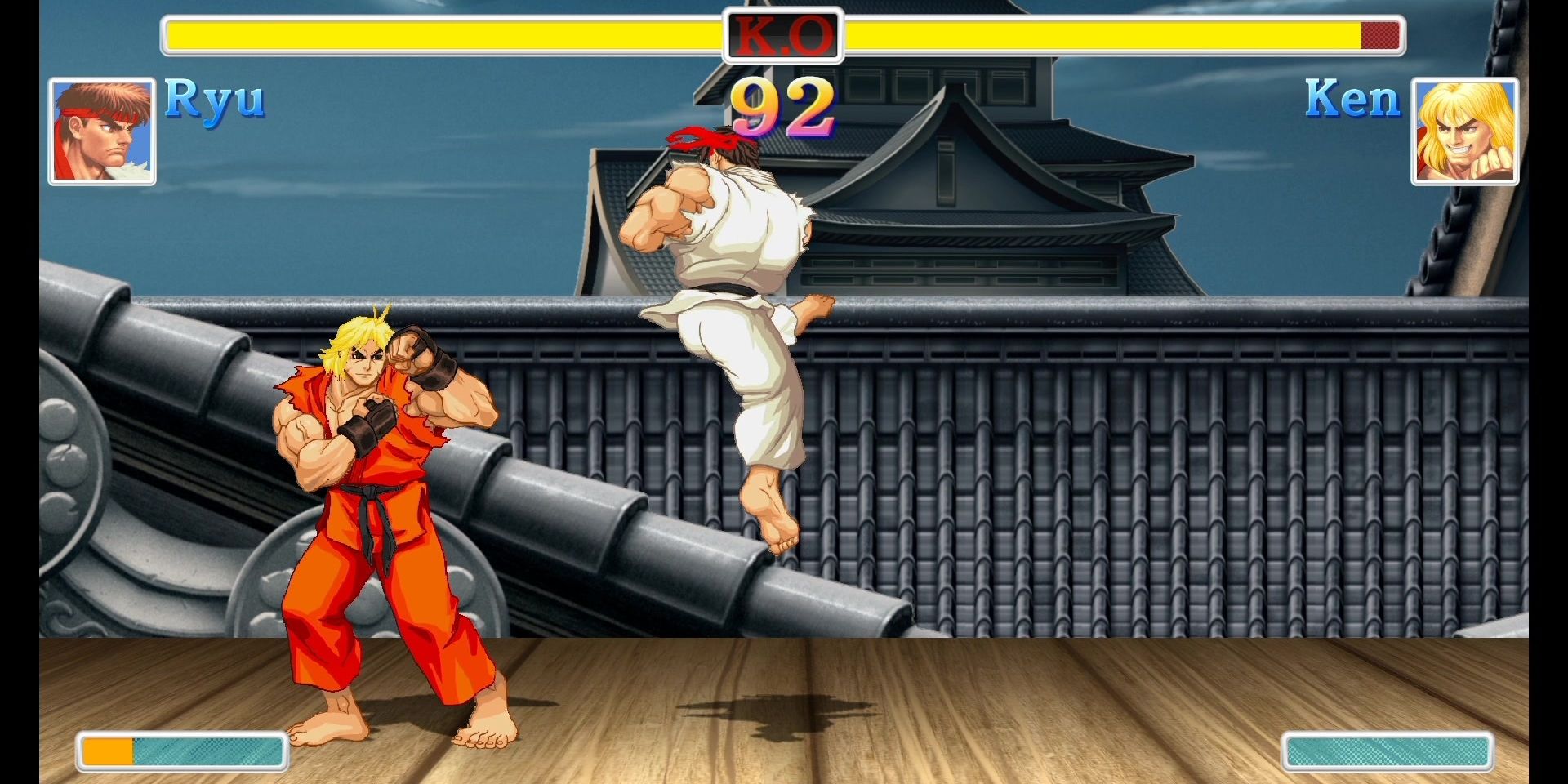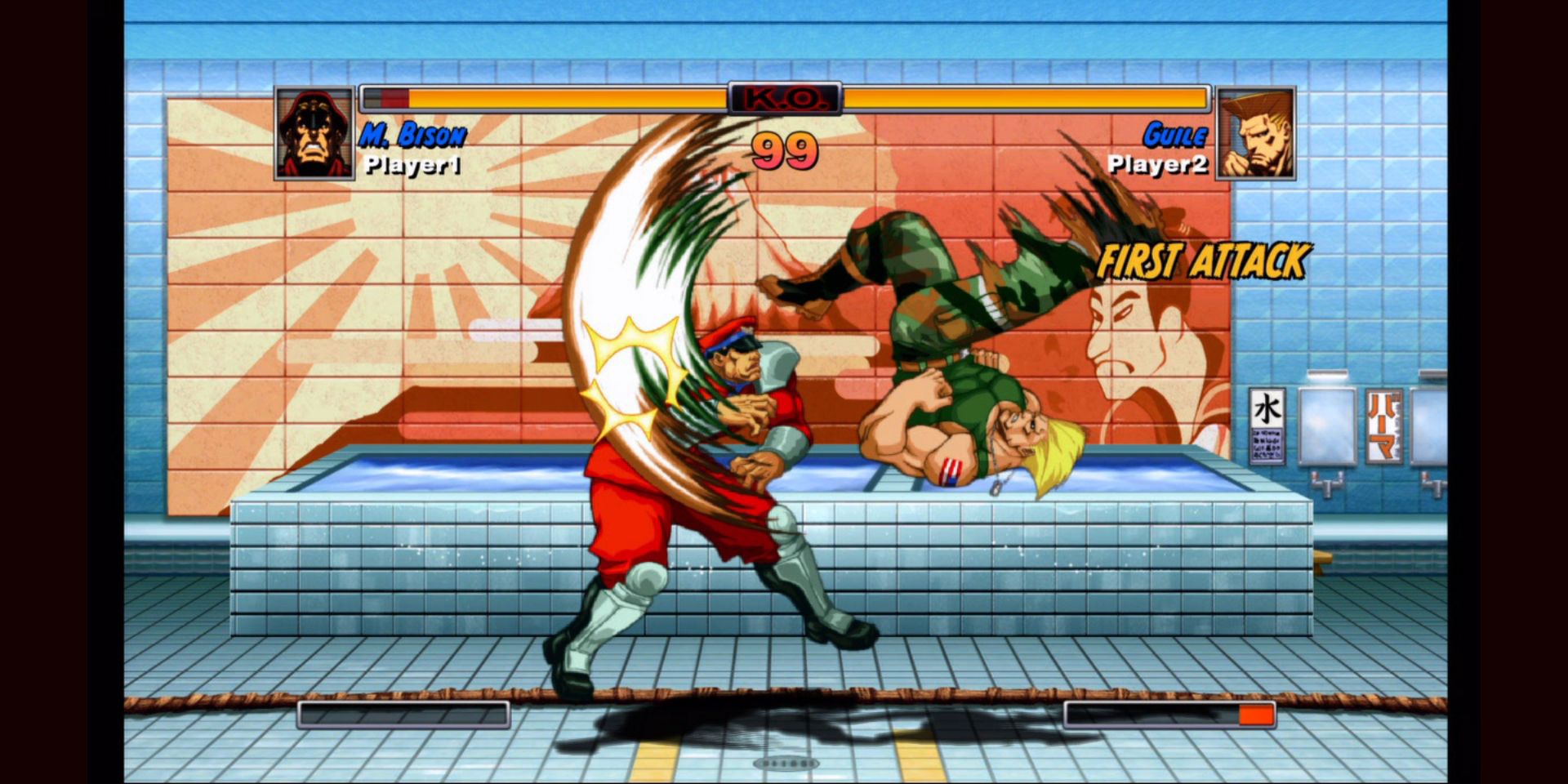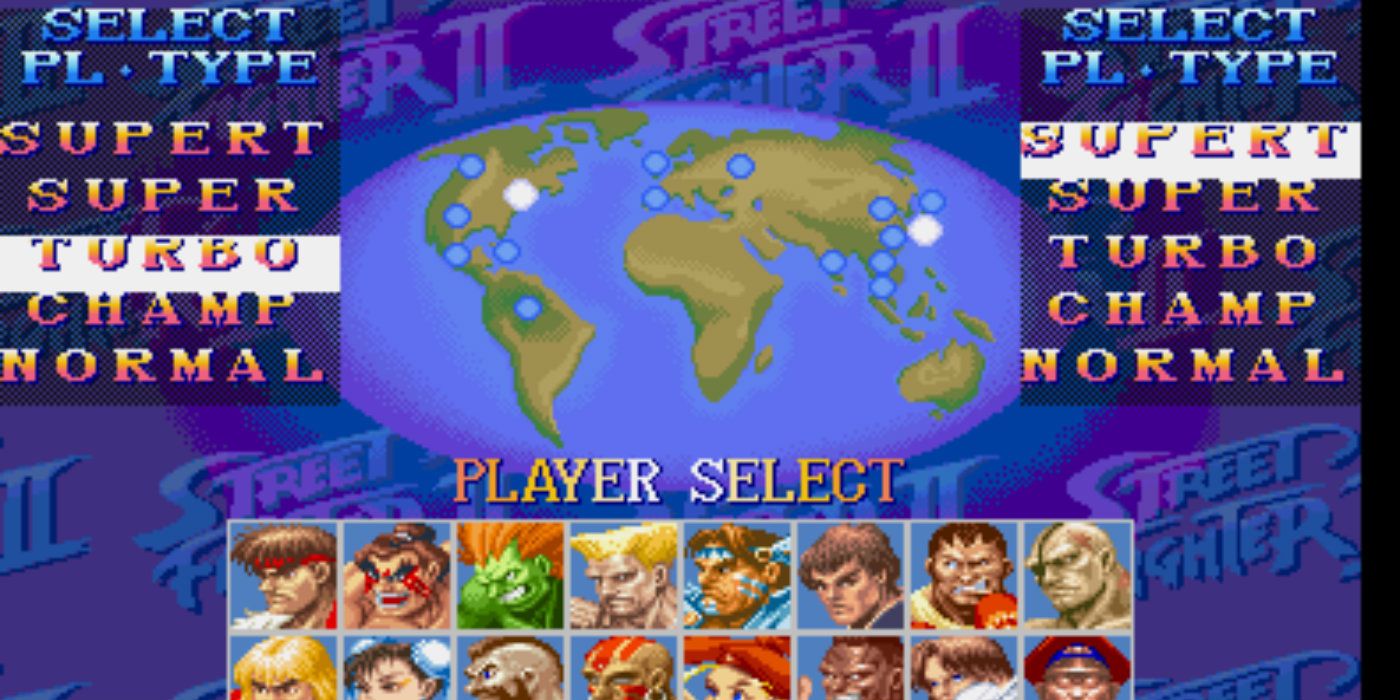Sometimes the best innovations in life come about by accident: Alexander Fleming discovered penicillin when he got his petri dishes of bacteria infected with mold, and the concept of "fighting game combos" arose when the programmers of Street Fighter II discovered an unintended glitch in the code for their character animations. From this unlikely beginning, combos arose to become a key part of the fighting game genre, a marker of skill that distinguished talented gamers from "button-mashers" and a key tool in the kit of professional fighting game tournaments competitors.
Many people who grew up in the 1990s have fond memories of playing Street Fighter II in the arcades and on consoles, spending hours fighting their friends in one-on-on matches and practicing the quarter-circle punch combo needed to pull off Ryu's signature Hadoken move. Not as many people are as familiar with Street Fighter I, the first installment of the Street Fighter franchise. Even though Street Fighter 1 included many of the signature elements of the Street Fighter franchise – punches, kicks, jumping, blocking, fireballs launched from the hands – it lacked key features that would give the fighting game sub-genre its modern complexity. To be more precise, it lacked grapples and combos.
Nowadays, fighting game characters in Street Fighter games and other most derivative fighting games all have at least one grappling attack they can use to break through the guards of enemies who are blocking attacks. The developers of Street Fighter II deliberately added "Grappling" gameplay mechanics so players could punish opponents who keep passively blocking; this encouraged a "rock-paper-scissors" tactical dynamic where players had to foil their rival's predictions by constantly shifting between striking, blocking, and grappling. Combos, on the other hand, arose as a sort of happy accident, thanks to a unique quirk in the animations for characters like Ryu, Ken, Sagat, and Chun Li.
Street Fighter 2 Devs Discovered Combos In Their Own Games
When developers at Capcom started work on Street Fighter II, they first created a roster of colorful martial artist characters, then gave them interesting moves and special attacks to fit their combat styles and (frequently stereotyped) nationalities; Ryu and Ken, for instance, could shoot "Hadoken" fireballs to damage opponents from range, knock leaping opponents out of the sky with a "Shoryuken," and close the distance between their foes with a "Tatsumaki Senpukyaku" ("Hurricane Kick" in English).
When programming and rendering the 2D character models for Street Fighter II's roster, they created sets of frame animations for each normal and special attack input: Ryu's basic heavy kick, for instance, had a startup frame where he winds back his foot, a set of active frames where his kick could damage an enemy hit box, then a recovery frame where his foot retracted and he returned to his idle stance. The developers also needed to design "flinch" animations, a set of frames for when their fighting game characters winced in response to enemy attacks.
One big priority for Street Fighter II's developers was to improve gameplay mechanics that were frustrating in the original Street Fighter. In an interview with Polygon, several veteran Street Fighter II devs recounted how they spent time tweaking how their game interpreted a player's joystick/button inputs so special attacks like Ryu's Hadoken would be easier to pull off. By making the timing requirements for these special moves looser, an odd gameplay quirk arose: by chaining certain attack button inputs together (a crouching kick + a Hadoken, for instance), players could skip past certain "recovery frame" animations to unleash a barrage of consecutive strikes.
In combat against rival fighters, a player who used these combos could "stunlock" an opponent for a limited amount of time, hitting them with one attack to make them flinch, then hitting them again with another attack before their "flinch" animation ended. Some developers of Street Fighter II worried this "bug" would ruin their game's balance...
Future Street Fighter Games (& Gamers) Embraced Combos
...but eventually, they decided to leave combos in as a "secret technique" seasoned arcade gamers could discover and master through experimentation and careful timing. Combos became one of the most celebrated features of the wildly-popular Street Fighter II, with competitive gamers developing clever tactics to pressure their opponents and punish them with long combo strings the moment they made a mistake. Future versions of Street Fighter II, such as Super Street Fighter II and Street Fighter II: Turbo, besides adding new characters and arenas, also embraced "Combos" as a pillar of their game design, re-balancing the more devastating combos and adding a counter which tallied up the number of attacks players managed to string together.
From its humble origins in Street Fighter II, combos have become a fixture of nearly every video game with a focus on hand-to-hand combat, from classic fighting game franchises like Mortal Kombat and Tekken to open-world superhero action games like Spider-Man (PS4) or Batman: Arkham Asylum. Mastering the combos of a pugilistic video game character lets a gamers demonstrate their skill and experience, while also giving them the ability to pull off spectacular reversals in two-player matches or single-player enemy gauntlets.
Source: Polygon



